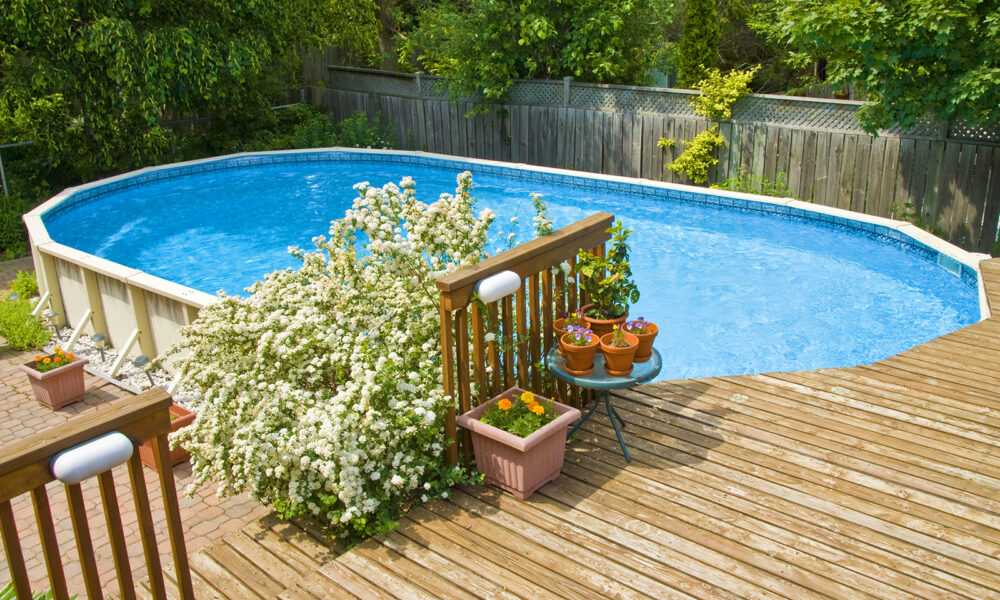An in-ground pool could seem like a must-have in warm areas, particularly in the summer. While some could see it as an unneeded luxury, others might view it as a wise financial investment for their house. Others may go through both. They enhance a backyard’s attractiveness and usefulness while also increasing the value of the house.
In-ground pools are positioned at the same depth as the surrounding earth, unlike their above-ground counterparts. In order to prepare the space for the pool, landscapers may excavate and dig. To make a single, spacious swimming area, the pool is positioned within the aperture and the land around it is levelled.
The Price of Building an Aboveground Pool
The cost of an in-ground pool may range from $28,000 to $55,000, and even up to $65,000, depending on its size, design, and other elements. In the United States, installing an inground pool typically costs $35,000. The price of an additional hot tub may range from $6,000 to $15,000 depending on the location, size, and amenities. The right pool cost comes with the right choices.
You must pay for the pool’s shell, rental equipment like a crane, excavation, water, backfill material, pipelines, and pool supplies in order to install an inground pool. In the worst-case scenarios, this might cost tens of thousands of dollars. By comparing the package pricing with the cost of creating an in-ground pool from start, you can determine which of these two is the better investment.
How Much Will Building That Above-Ground Pool Cost You? The building materials you choose will have an impact on the pool’s ultimate cost. The least priced alternative is a vinyl pool, but concrete pools are sometimes the most expensive. An inground fibreglass pool will cost you somewhere in the centre of the price range.
Materials used in cement production
Pools made of concrete and gunite appear and are as expensive as they are for a reason. You won’t be able to save money by doing any DIY work on this pool since there is no feasible method to build a concrete or gunite pool on your own. A concrete or gunite pool complete installation typically costs $50,000 to $100,000.
Due to their bigger size, cement pools need more energy and chemicals to maintain than pools made of other materials. Every three to five years, algae and mould may only be eradicated with an acid wash.
Vinyl
Due to its inexpensive initial expenditures, an inground vinyl pool is a fantastic choice for people on a limited budget. An cheap vinyl pool shell has a cost of roughly $28,000. A vinyl inground pool may also be built by you on your own.
Because vinyl surfaces need less cleaning, maintenance costs for vinyl pools are lower than for concrete or gunite pools. Vinyl does not support the growth of algae as quickly, therefore less frequent use of cleaning agents is required. If you need to, you can do the cleanup all by yourself.
Conclusion
When opposed to DIY initiatives, turn-key installations are often prefered by homeowners since they provide the most value for the money. Due to the variety of service providers available, it is up to you to do the required research to determine which one would best suit your requirements. It’s crucial to estimate the time and cost involved before opting to do it yourself.










